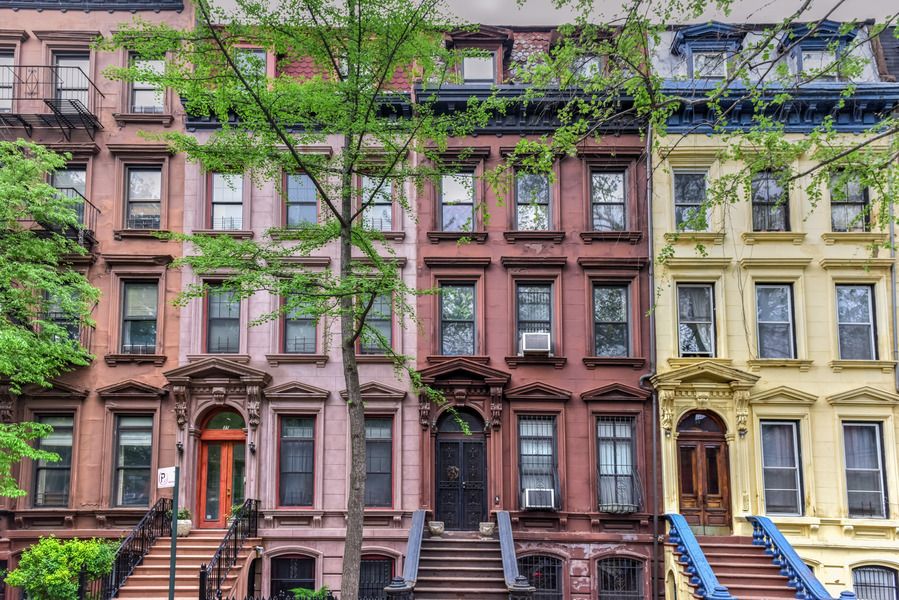By Vivian Ducat, Licensed Real Estate Salesperson
Walking to the BHS Harlem office, located south from the A train at 125th Street, I know I am “at home” when I see the wonderful statue of Harriet Tubman, depicted purposefully in-stride. The statue is positioned at the junction of Frederick Douglass Boulevard, St. Nicholas Avenue and West 122nd Street.

Her skirt and petticoat are textured with images, and though it is without an audio tour, it ins't difficult to understand what each small detail on her clothing is meant to reference.
I like the fact that it depicts a very important woman in motion, doing her work for which she is celebrated, on the ground and not above your head on a pedestal, where many sculptures are situated. Rather than having to take a few steps back to see the statue, you are able to view it up close at eye level.
It is the first sculpture of a Black woman in New York City and in my opinion, it expresses more about its subject than half of the figures on pedestals that stand elsewhere in the city.
This beautiful sculpture is titled Swing Low, created by Los Angeles based sculptor Alison Saar.
"I intentionally had her facing south. I really wanted to use her story as a call to others to reach out and participate in a similar way in terms of being compassionate and doing volunteer work. The community largely saw it as the figure not facing the direction of the Underground Railroad, which was northbound. But for Harriet Tubman it was a two-way street, going back and forth, and that’s how I wanted to remember her." -- Alison Saar
Alison Saar (born February 5, 1956) is a Los Angeles, California based sculptor, mixed-media, and installation artist.
Her artwork focuses on the African diaspora and black female identity. Her body of work is influenced by African, Caribbean, and Latin American folk art and spirituality. Saar's works can be found in the collections of the Walker Institute in Minneapolis, the Whitney Museum of American Art in New York, and the High Museum in Atlanta, he New-York Historical Society as well, and in Socrates Sculpture Park in Queens.
Saar’s work can also be seen in another key junction in Harlem, a place associated with motion and specifically locomotion—the Metro North station on 125th and Park Avenue. The next time you are stuck waiting for a train, look at the beautiful stained-glass panels designed by Saar, for the shelters along the platforms, a work she calls copacetic.
“...these pieces … create a simple narrative of two people. One, the young woman coming to the city in hopes of advancing her career; the other, a successful businessman leaving the city to return to his hometown. I believe these two scenarios to be examples of how many Americans have used the railroads to and from New York throughout history. Yet I was also addressing the specific and rich tradition of the role of the railroad in general in the lives of African Americans.” -- Alison Saar
This installation depicts the musical scene in Harlem during its the 1930’s and 40’s, with singers, musicians, and people dancing in the famous clubs that have since been closed and in many cases, torn down.
Another project for the 125th street station is called Hear the Lone Whistle Moan, a reference to a spiritual in which the train is metaphorically en-route to heaven. Bronze cast grills hold cut out figures that tell the story of a woman coming to the city for opportunity, and a man heading out of the city to his house in the suburbs. These three pieces by Saar are important additions to the public art of Harlem, all of which serve the purpose of enlivening the reborn neighborhood.
Click here to connect with Vivian Ducat and view her current listings.


